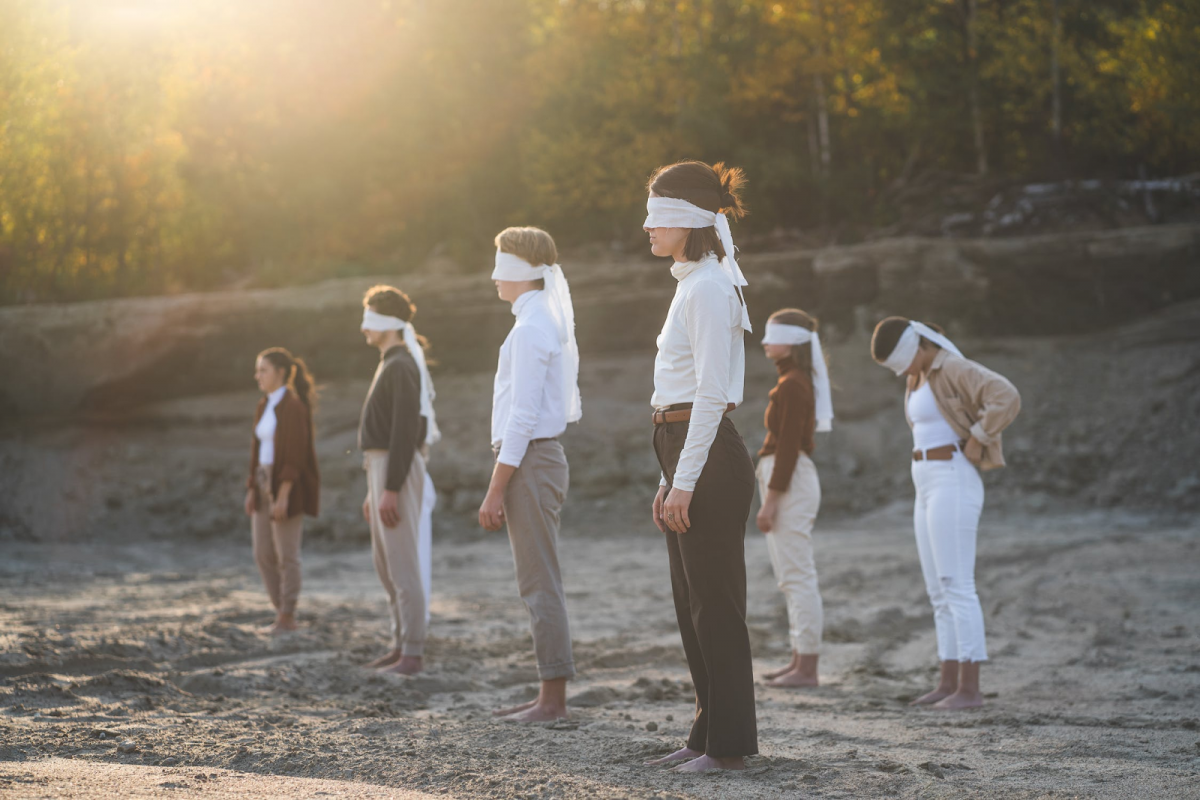Art-based approaches can encourage fresh perspectives on the future
When imagining possible futures, art is a great medium. Art-based approaches provide immersive, multimodal experiences which can create emotional connections with envisioned futures according to researchers Kai Lehikoinen and Satu Tuittila from the University of the Arts Helsinki.

Art can contribute to futures thinking in various ways, such as inspiring alternative futures through mediums like science fiction in films and literature, encapsulating future scenarios through artistic illustrations, and posing thought-provoking questions that challenge our perceptions and understanding of the future.
As a multidisciplinary field, futures research borrows approaches from different disciplines. However, it often ignores the potential of the arts on a large scale, even though the arts embrace creativity and often depict and narrate imagined futures.
In a fascinating intersection of art and futures studies, researchers from the University of the Arts Helsinki have been exploring how art-based approaches can be used in futures workshops. Their research aims to understand how different art forms can help us envision possible futures.
Case study tried in eight European countries
Researchers Kai Lehikoinen and Satu Tuittila applied a case study approach to review and categorize selected arts‐based approaches and assess their potential for futures workshops in higher arts education context. The approaches were tried extensively in higher arts education institutions and a summer school in eight European countries.
The researchers categorized art-based approaches into several types, including visual, technology-dependent, narrative-based, sound- and music-based, corporeal, interactive, and performative, as well as gaming.
“Each of these categories offers unique ways to express and explore future scenarios. They also offer other benefits, such as accessibility, nonverbal expression, and the ability to create immersive experiences,” says University Researcher Kai Lehikoinen from the University of the Arts Helsinki’s Research Institute.
AI as the creative agent and other assessed art-based approaches
According to the study, a notable strength shared by many of these approaches is the ability to facilitate the nonverbal expression of ideas and emotions, contributing to a holistic and imaginative exploration of futures images.
The researchers use the example of cut‐out images composed as bricolage which serve as visual metaphors for further contemplation. Several approaches, including bricolages, short films, and LARP, offer multimodal experiences, combining visual, auditory, and tactile elements to enrich the futures imaging process.
LARP and multisensory walks stand out for their immersive engagement, providing participants with experiential learning and deeper insights into futures images.
Moreover, sound and music‐based approaches and bodily imaginative time‐traveling excel in creating affective connections with the envisioned futures, arousing emotions, and moods.
The authors point out that the AI‐based image making lacks concrete, physical and sensory interaction with materials. Additionally, it leaves much of the creative act to AI while the person using AI retains a degree of creative agency in form of commands depending on the person’s AI interaction skills.
Some approaches, like collaborative storytelling and board games, rely heavily on language and may pose challenges for nonnative speakers. In addition, approaches such as LARP can be highly complex, calling for supportive elements to maintain participant endurance and motivation.
Art as a multifaceted concept
Interpreting the artistic visions of the future is a complex process due to the interconnected nature of language, culture, and reason.
The researchers advocate for a reasoned and analytical approach to interpreting these visions, avoiding subjective interpretations.
The study also underscores the versatility of art-based approaches, which can be effectively used across various organizational contexts.
However, Lehikoinen and Tuittila caution that facilitators need to carefully consider each approach’s unique strengths and challenges when selecting the most suitable one for their specific context.
They also note that perceptions of artistic value can vary among participants, which can influence engagement.
“When introducing art-based approaches in futures workshops, it’s important to recognize that art is a multifaceted concept. Art-based work in futures workshops should extend beyond creative art making to include communication, idea exploration, and emotional resonance’, Kai Lehikoinen suggests.
The peer-reviewed article Arts‐based approaches for futures workshops: Creating and interpreting artistic futures images has been published in Futures & Foresight Science.